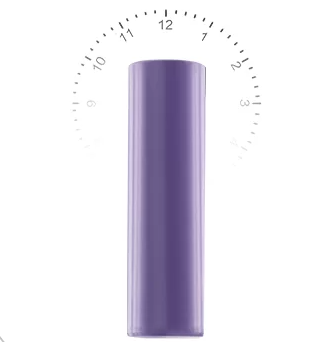The 18650 3.7v 2200mah lithium ion battery is a widely adopted power source known for its standardized size and reliable performance. These batteries are integral in various portable devices and industrial applications due to their moderate capacity and robust chemistry. Proper charging and discharging techniques are essential to maximize the lifespan and efficiency of the 18650 battery 2200mah.
Optimal Charging Methods for 18650 Battery 2200mah
To ensure longevity and safety, the 18650 3.7v 2200mah lithium ion battery should be charged using a constant current/constant voltage (CC/CV) method. This approach gradually increases current until reaching a set voltage, then maintains that voltage while the current tapers off. Avoiding overcharging is critical, as it can degrade the battery’s capacity and increase safety risks. Charging within recommended temperature ranges (-20℃ to 60℃) also preserves battery health.
Best Discharging Practices
Controlled discharging helps prevent deep discharge, which can irreversibly damage lithium-ion cells. For the 18650 battery 2200mah, discharging to about 20% of the total capacity before recharging is advisable. Excessive discharge cycles should be avoided to maintain voltage stability and cycle life. Additionally, operating the battery within designated temperature limits during discharge ensures consistent performance.
Enhancing Battery Life Through Usage Patterns
Balancing charge and discharge rates tailored to the device’s power requirements prevents stress on the battery. Utilizing chargers and devices compatible with the 18650 3.7v 2200mah lithium ion battery’s specifications supports optimal energy flow. Periodic calibration by fully charging and discharging the battery can also aid in accurate capacity measurement and better performance prediction.
Jawepower offers 18650 3.7V 2200mAh lithium-ion batteries made with eco-conscious materials and customizable options. Their batteries are engineered to provide consistent performance while adhering to best practices in charging and discharging, which improves device reliability and extends battery lifespan.
